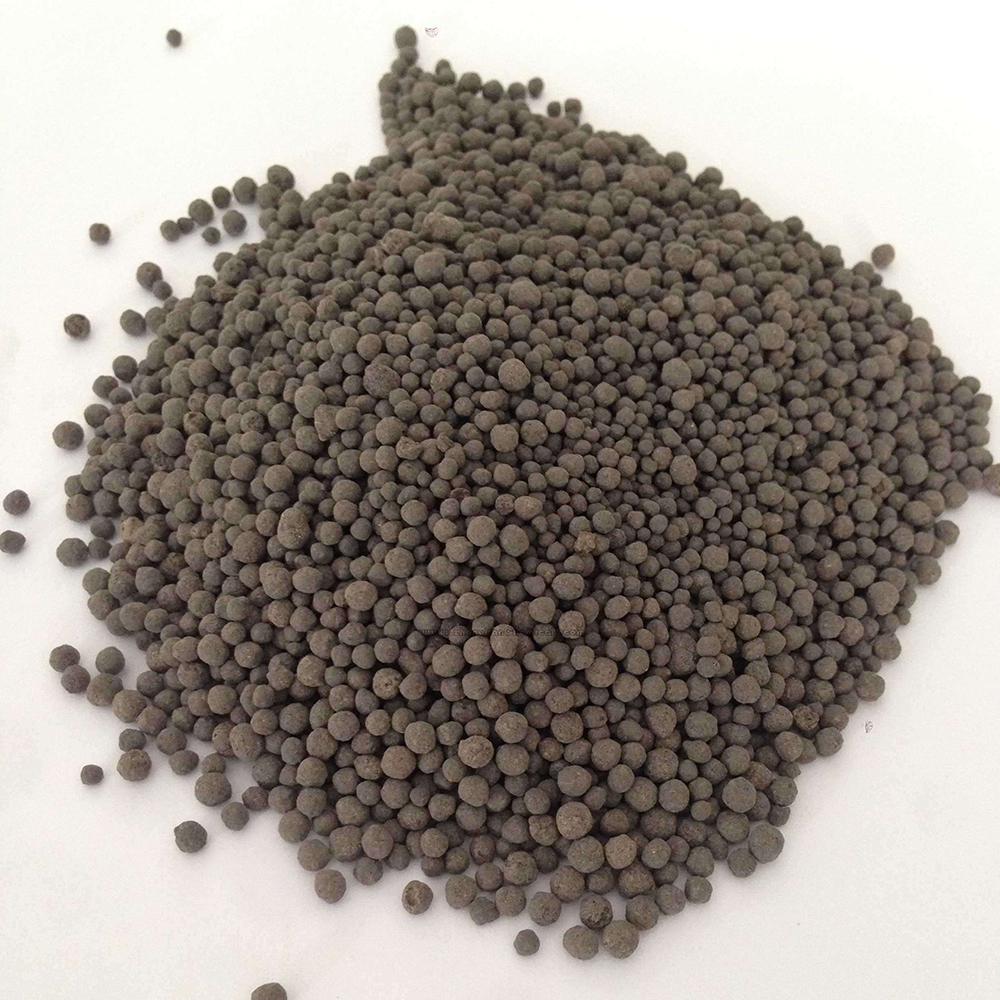



Exploring the Chemical Structure and Applications of Lead Nitrate in Various Industries
Understanding Lead Nitrate Formula, Properties, and Applications
Lead nitrate, a chemical compound with the formula Pb(NO3)2, is an interesting substance that plays an important role in various chemical processes and applications. It consists of lead (Pb) and nitrate ions (NO3-), combining to form a colorless crystalline solid that is soluble in water. This article will explore the formula of lead nitrate, its properties, and its practical applications.
The Chemistry of Lead Nitrate
The systematic name for lead nitrate is lead(II) nitrate, which indicates that lead is in its +2 oxidation state. The molecular formula Pb(NO3)2 signifies that each formula unit contains one lead cation and two nitrate anions. The nitrate ion is composed of one nitrogen atom bonded to three oxygen atoms, with a negative charge distributed across the structure. This ionic compound showcases the interaction between metal and non-metal ions, a fundamental concept in inorganic chemistry.
When lead nitrate is formed, it typically appears as a white crystalline solid. This compound can be synthesized by reacting lead(II) oxide (PbO) with nitric acid (HNO3). The reaction is straightforward
\[ \text{PbO} + 2 \text{HNO}_3 \rightarrow \text{Pb(NO}_3\text{)}_2 + \text{H}_2\text{O} \]
This process not only emphasizes the reactivity of lead-based compounds but also highlights the importance of nitrates in forming stable ionic compounds.
Properties of Lead Nitrate
Lead nitrate possesses several interesting properties. As previously mentioned, it is highly soluble in water, which is a characteristic that enhances its utility in various applications. In solution, lead nitrate dissociates into lead ions and nitrate ions, making it an effective source of lead in aqueous environments.
One of the notable properties of lead nitrate is its ability to decompose upon heating. When subjected to elevated temperatures, it breaks down into lead(II) oxide, nitrogen dioxide, and oxygen gas. The thermal decomposition can be represented by the following reaction
lead nitrate formula

\[ 2 \text{Pb(NO}_3\text{)}_2 \rightarrow 2 \text{PbO} + 4 \text{NO}_2 + \text{O}_2 \]
This thermal instability is crucial for processes that require generating lead oxide, which is often utilized in ceramics and batteries.
Applications of Lead Nitrate
Lead nitrate has a wide range of applications across different industries. Historically, it has been used in the production of explosives, particularly as an oxidizer in propellant formulations. Its ability to release oxygen upon decomposition contributes to its effectiveness in combustion reactions.
In the realm of photography, lead nitrate has also found use in the preparation of photosensitive materials. As a component in certain photographic chemicals, it aids in the development of images by participating in photochemical reactions.
Furthermore, lead nitrate is often employed in laboratories and educational settings. It serves as a reagent in various chemical reactions, particularly those involving lead. Additionally, it acts as a precursor for other lead compounds, allowing chemists to synthesize a variety of materials.
In agriculture, lead nitrate can be used in the formulation of fertilizers. However, due to the toxic nature of lead, its use is heavily regulated in many countries. Safe practices must be adhered to when handling this compound, as lead is known to have detrimental effects on human health and the environment.
Conclusion
Lead nitrate, with the chemical formula Pb(NO3)2, is a versatile and valuable compound in the field of chemistry. Its unique properties, such as solubility and thermal decomposition, make it useful in various applications ranging from industrial processes to laboratory experiments. However, given the hazardous nature of lead, it is essential to approach its use with caution and adherence to safety regulations. As science and technology evolve, understanding compounds like lead nitrate will remain crucial to developing safe and effective applications in various fields.
-
Why Sodium Persulfate Is Everywhere NowNewsJul.07,2025
-
Why Polyacrylamide Is in High DemandNewsJul.07,2025
-
Understanding Paint Chemicals and Their ApplicationsNewsJul.07,2025
-
Smart Use Of Mining ChemicalsNewsJul.07,2025
-
Practical Uses of Potassium MonopersulfateNewsJul.07,2025
-
Agrochemicals In Real FarmingNewsJul.07,2025
-
Sodium Chlorite Hot UsesNewsJul.01,2025










